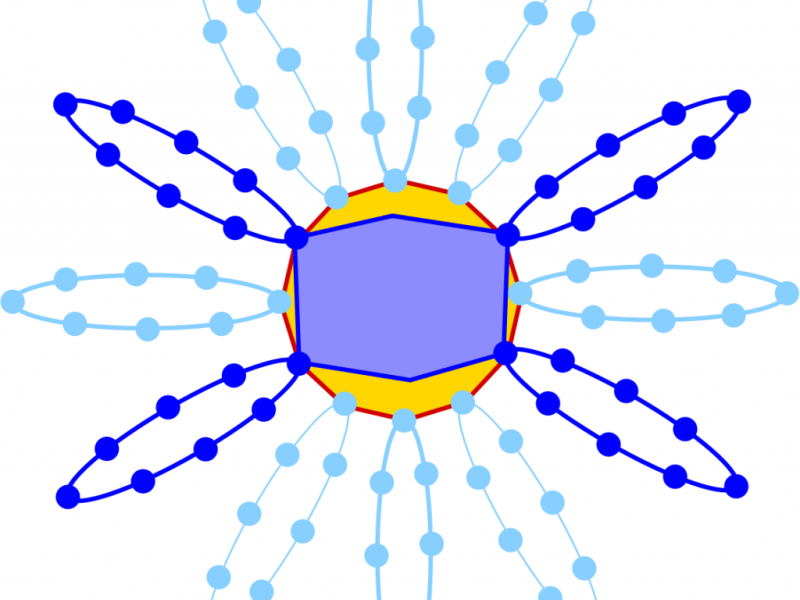Symmetries arise naturally in integer programs. Often, there is no reason to distinguish certain objects among others. For instance, the actual number that a certain bus line receives is irrelevant for the quality of the schedule. In the resulting models, a possibly large symmetry group operates on the set of feasible solutions, for which the respective objective function is constant on every orbit. Algorithms that do not take such symmetries into account very often perform poorly. The goal of this project is to develop structural insights and algorithmic methods as well as software tools to enhance today's integer programming solving technology. Our project vision is to benefit rather than suffer from symmetries in integer programming models.
